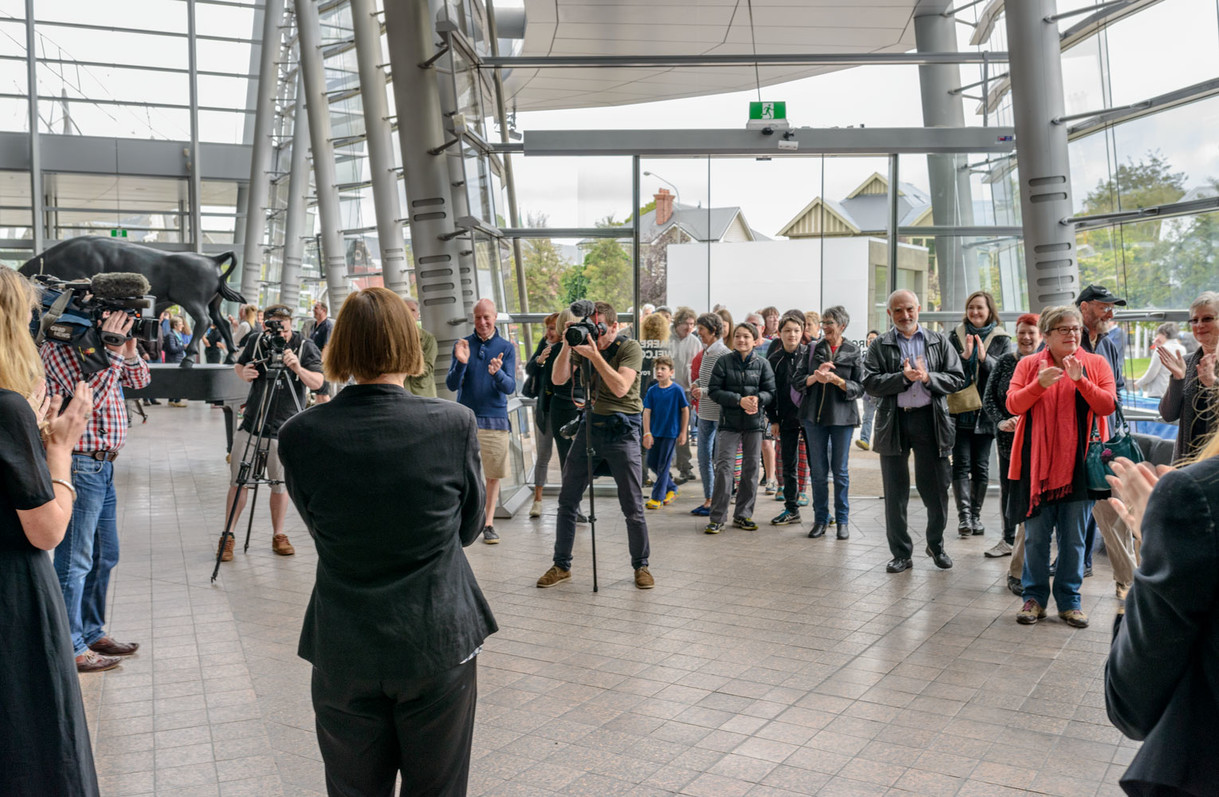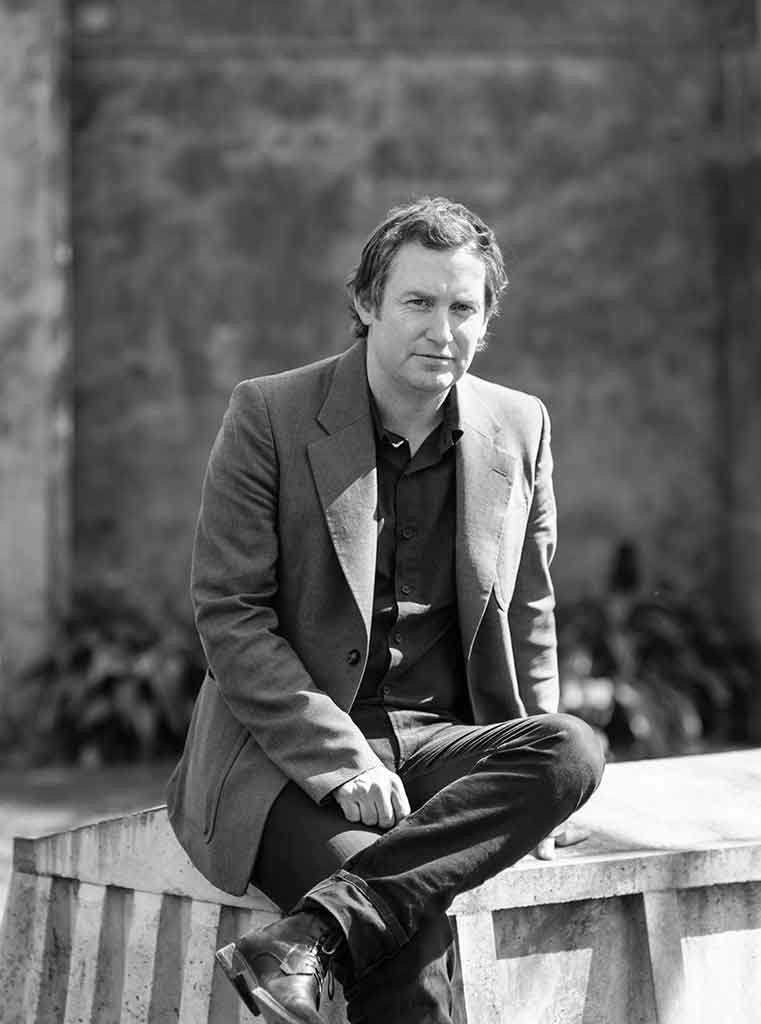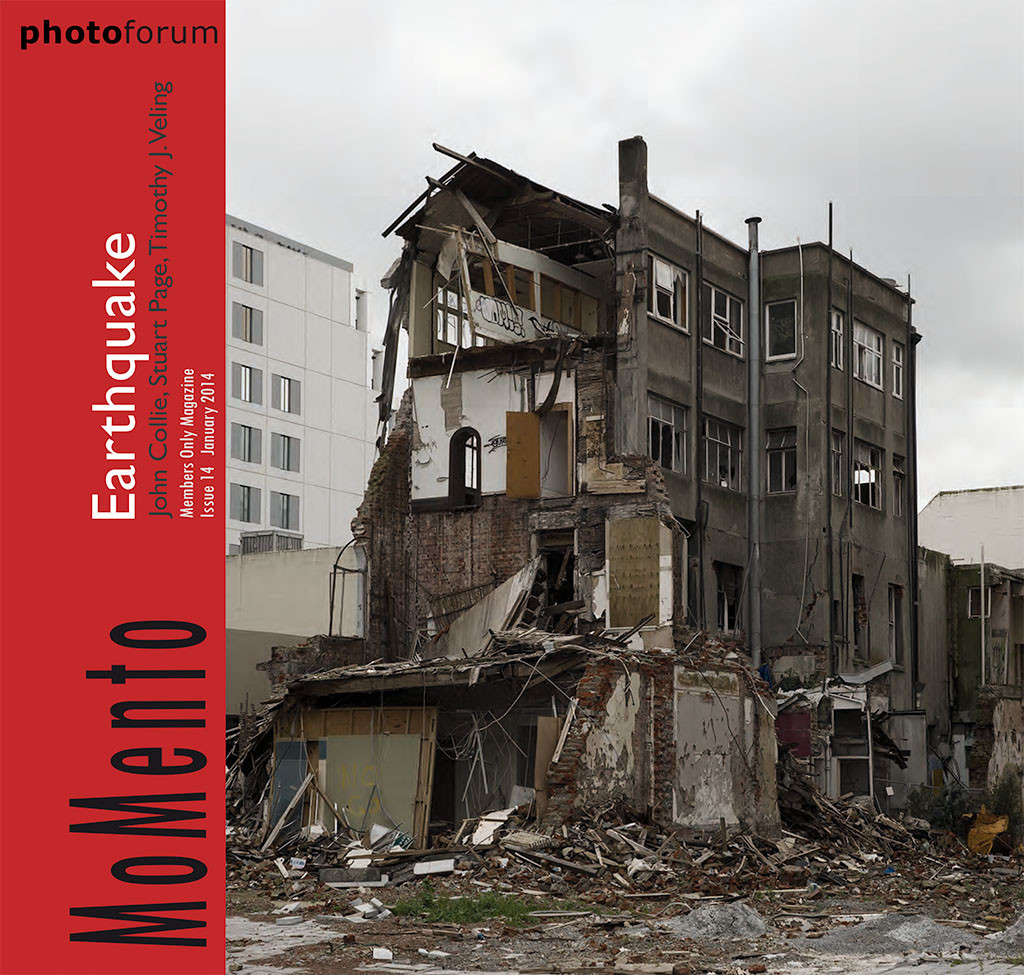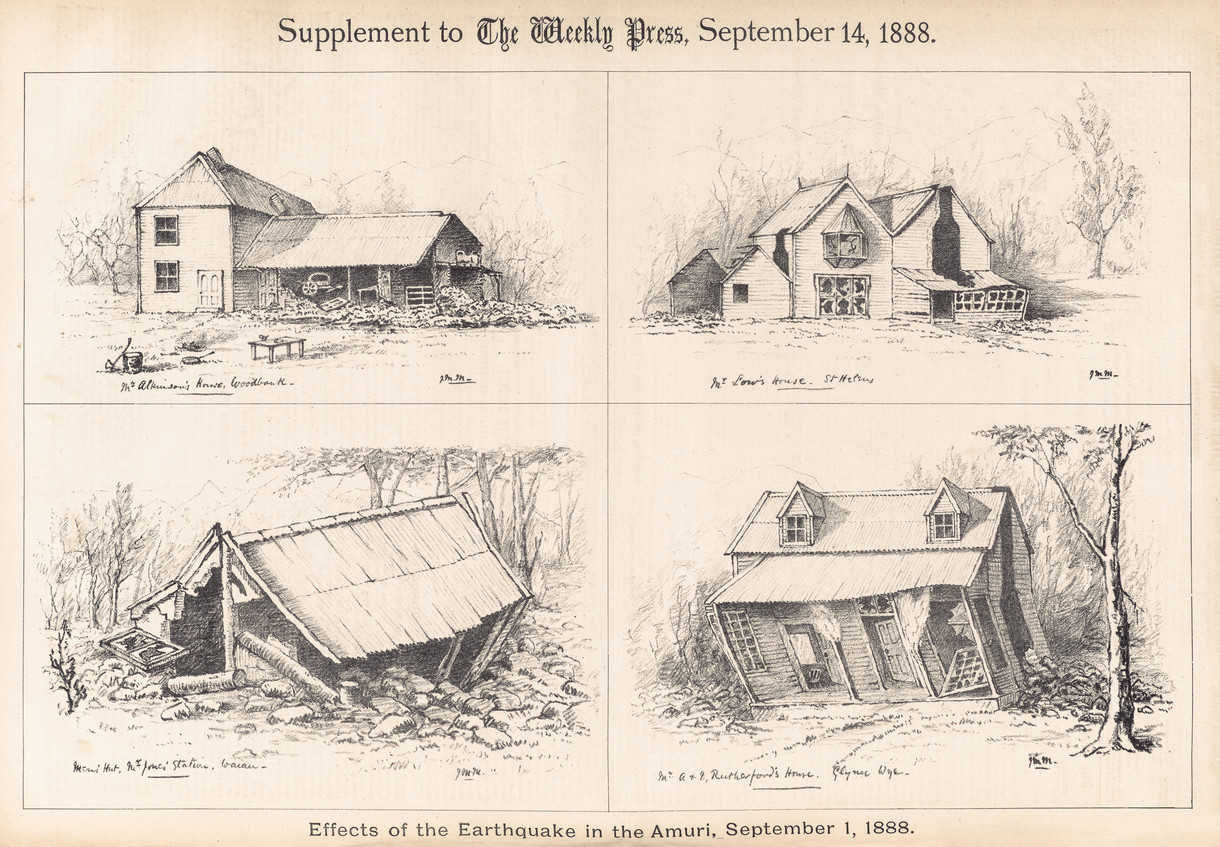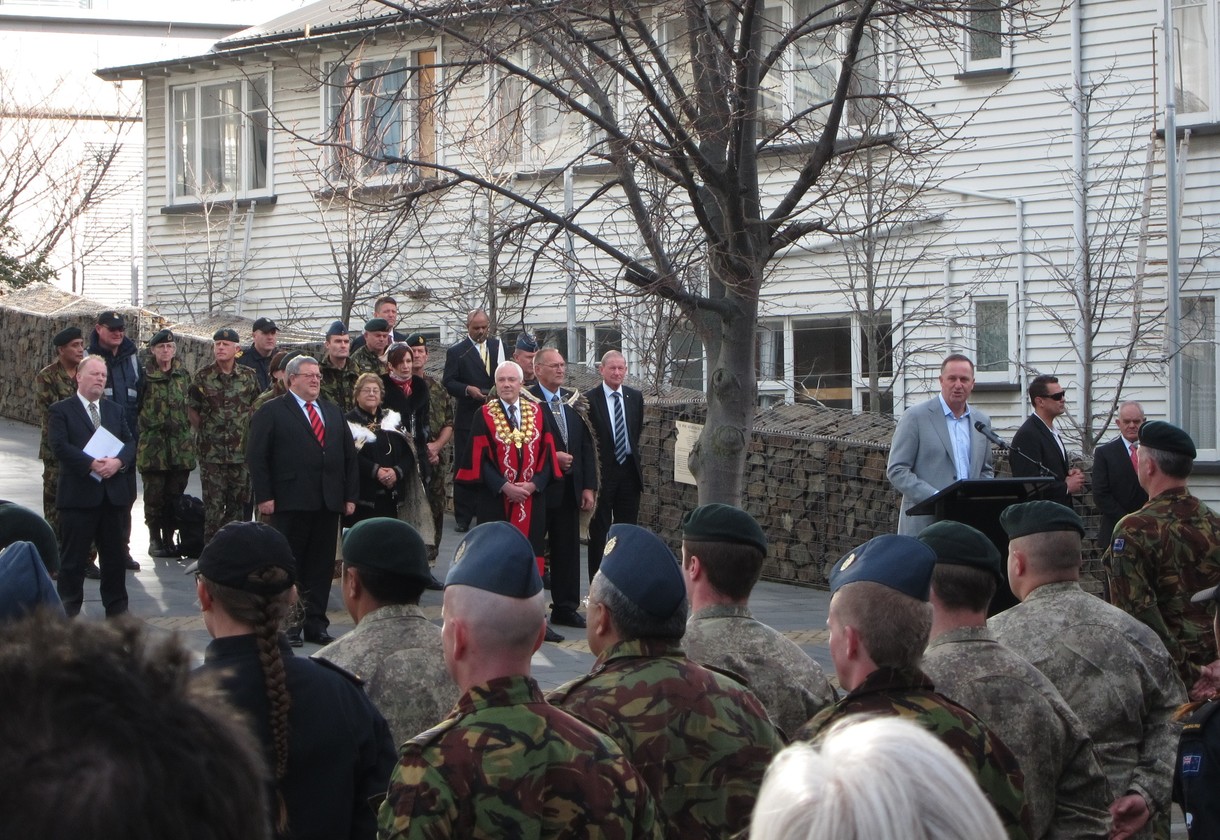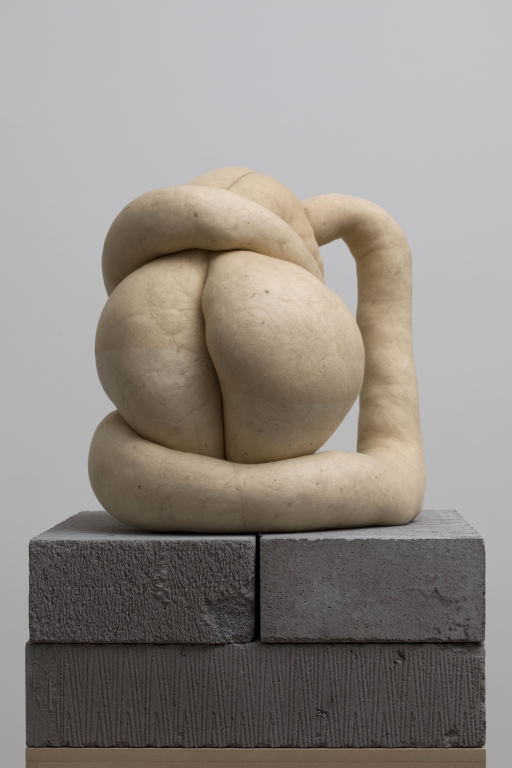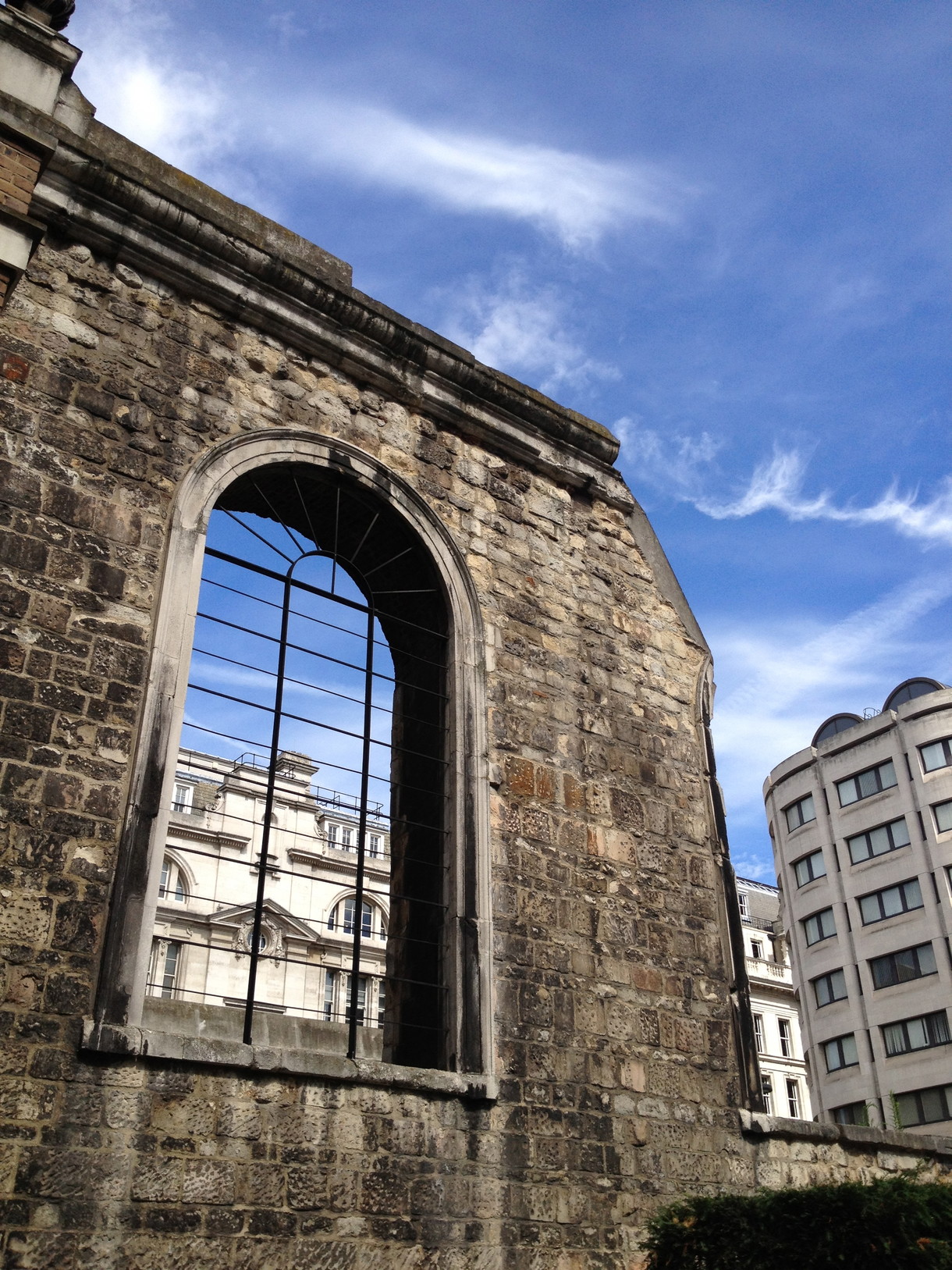B.
The Boulevard of Broken Art
Behind the scenes
Well before the earthquakes, Christchurch had a reputation as a tough town for public art. The city's public spaces are haunted by the ghosts of several major sculptures that never made it to completion. And several local sculptors still carry some psychological scar tissue from their forays into the public realm.
But all those trials pale into comparison when you look at what public art has suffered in the city in the past year.
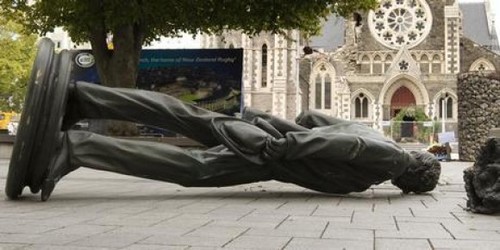
The quake of February 22 left many of the city's monuments on the ground and in pieces. In Cathedral Square Thomas Woolner's dapper statue of John Robert Godley lay face-planted on the ground, while on Worcester Boulevard the Rolleston statue fell so hard it lost its head (a helpful local took it away for safe keeping and left his cell-phone number on the statue's neck).
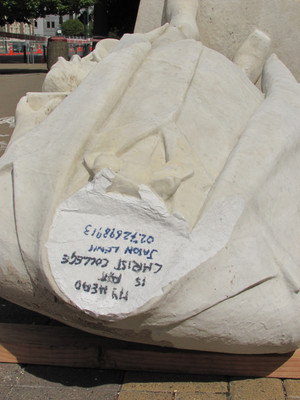
Down by the Oxford Terrace bridge Captain Robert Falcon Scott suffered similar indignities, and a little later I saw him gliding along Gloucester Street on his back, strapped to a flat-deck truck. Seen today with its empty plinths, Worcester Boulevard might well be dubbed the Boulevard of Broken Art.
Historically, statues are toppled from their plinths during moments of huge political change, as in Russia in the early 1990s when many Soviet-era statues came down, like the fifteen-tonne 'Iron Felix' seen here. Many of them are now gathered in a 'garden of fallen art' in Moscow's Gorky Park.
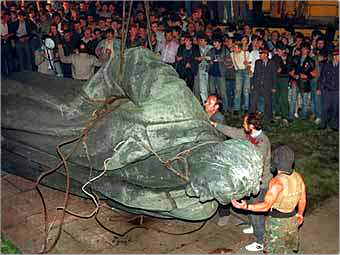
Image source: http://guyssquared.com
In New Zealand we don't really think of ourselves as stirred-up, statue-pulling-over types. But with a crowd of what looks to be about a thousand noisy protestors currently (and audibly) gathered on a site only a block from where I'm writing this, you just never know...
